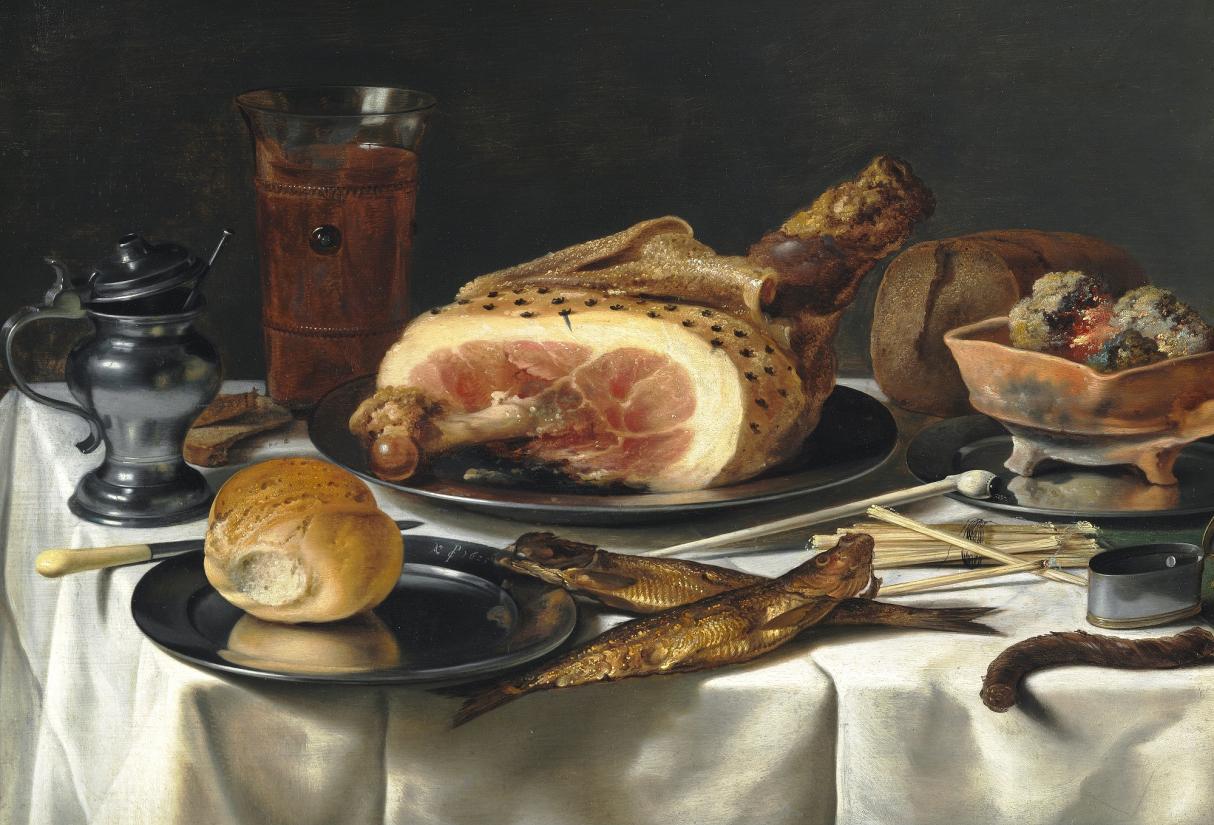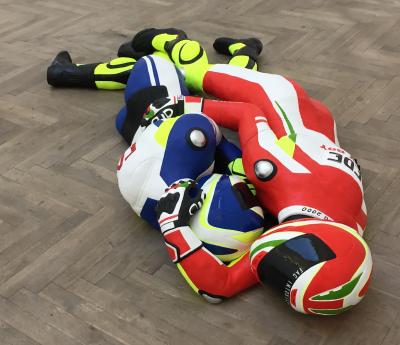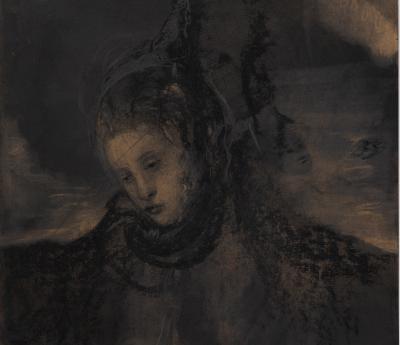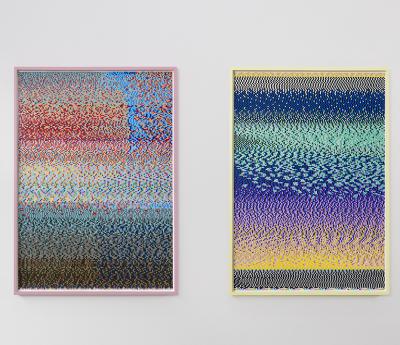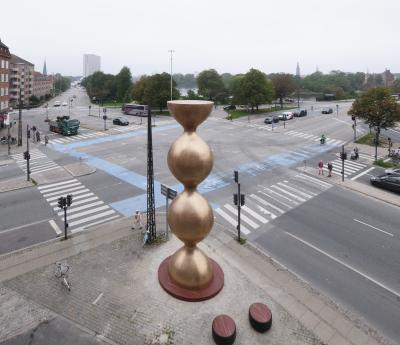The painting, Breakfast piece with ham on a pewter plate, smoked herring, beer glass, loaves of bread, mustard-pot, and smoking utensils on a draped table from 1625 is a masterly and sensuous still life from the Dutch baroque. With the new acquisition, The Nivaagaard Collection has realized a long-standing desire of filling a gap in the museum’s already impressive collection of older European art from the 16th century on.
‘We have unique and exquisite examples of the wonderful portrait paintings from the Dutch Golden Age, we have marine art and national romantic landscapes, which also served as an important source of inspiration for Danish Golden Age painters. But we sorely lacked a good example of their still lifes, which is perhaps the best-known genre of Dutch baroque,’ says Andrea Rygg Karberg, director of The Nivaagaard Collection, who goes on to add, ‘And in this field, Pieter Claesz is among the very best!’
A macabre feast
The painting is a close-up of a number of items on a table. A clove-studded ham, its skin pealed back, has been sliced open and pushes a thigh bone in the viewer’s face. Whether this somewhat macabre display of carnality and mortality repulses or attracts, there is no denying the technical excellence. A true master painter, Claesz unfolds a range of textures and surfaces that call for different techniques. The painting is an excellent example of how the Dutch baroque added a new sense of realism to art. The objects are completely realistic, and the beholder feels invited to join the feast.
From unknown genius to renowned master painter
For nearly three centuries Pieter Claesz (1597–1660) was known only as ‘the Master PC’ after his neatly written monogram signature. His style was distinct and recognizable, and the quality of his work was exceptional, but it was not until the late 19th century that an art historian was able to identify the name behind the signature. The rare piece dates from the artist’s best period, after Pieter Claesz had arrived in the Dutch city of Haarlem and was about to have his breakthrough as an artist.
Sound Danish provenance
Despite its Dutch origins, the new acquisition has a sound Danish provenance, as the painting has been in Denmark since the 18th century. It was originally part of Count Adam Gottlob Moltke’s (1710–1792) collection and has since remained a family heirloom. Now for the first time, the painting will be on display to the public.
Breakfast piece with ham on a pewter plate, smoked herring, beer glass, loaves of bread, mustard-pot, and smoking utensils on a draped table will be exhibited in a glass case at The Nivaagaard Collection from Tuesday, 5 June.
